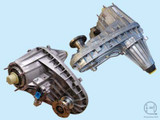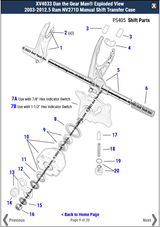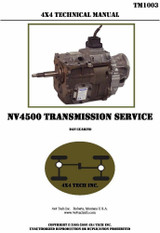4x4 Vehicle Electrification – Part 4: A Manufacturer's Viewpoint
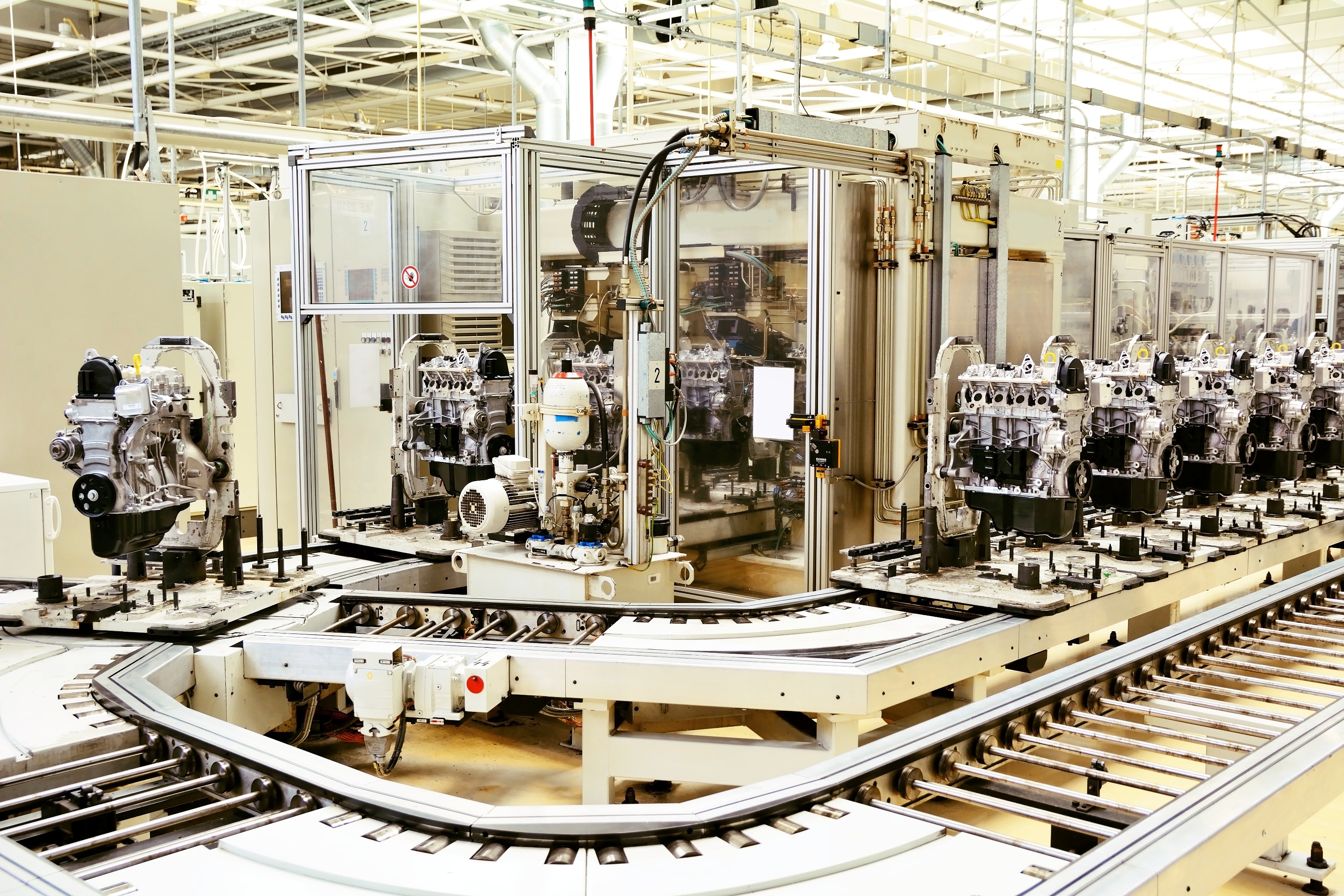
4x4 Vehicle Electrification – Part 4: A Manufacturer's Viewpoint
The automotive manufacturing industry's workforce, technique, materials and equipment will be forced to change significantly with the widespread electrification of the U.S. and world vehicle fleets. The most significant changes will come from replacing heavy, complicated internal combustion engines with relatively simple, lightweight electric motors. The entire internal combustion engine manufacturing industry will be almost completely phased out – including much of the supply chain that provides raw materials and sub-components to engine manufacturers. For companies currently manufacturing internal combustion engines and engine-related components, the changes brought by vehicle electrification will be as challenging to adapt to as those historically experienced by steam engine manufacturers from 1935 to 1955.
Parts & Components Manufacturers
Vehicle light-weighting – the process where stronger, lighter-weight materials are used in place of standard metal grades – is not a new trend in automotive manufacturing. It's been a constant source of innovation for years and only continues to grow. Light-weighting may encompass high-strength steels, advanced aluminum alloys, plastics or fiber composites coupled with part designs that eliminate all unneeded material from the finished product. Light-weighting is particularly important with Battery Electric Vehicles (BEVs) due to the short vehicle range dictated by current battery technology. Manufacturers of "conventional" automotive parts should be able to transition to more robust steel and aluminum grades by upgrading their tooling and equipment. Companies that need to transition from making metal parts to manufacturing plastic and/or composite components will have a daunting task ahead of them. In addition to a massive investment in new machine tools, these companies will need to find new sources of supply, retrain their workforce, master new processes and dispose of often-difficult-to-recycle plastic and composite waste.

Casting Manufacturers
The segment of the manufacturing industry likely to be the most affected is casting manufacturers. Most electric motors use some aluminum or other lightweight metal castings. However, these will total just a tiny fraction by weight of castings utilized in current 4x4 gas or diesel engines. To survive, most casting companies will need to either find new products to cast, downsize, or extensively (and expensively) retool.
Manufacturers of vehicle engine assemblies and original equipment engine-related components will be affected by vanishing consumer demand for their products. If these companies wish to stay in business, they will need to tap new markets and learn to work with often radically different materials and processes. With electrification, the need for large castings like engine blocks and heads will be gone, as will be the demand for hundreds of other engine and engine-related parts, both large and small. Manufacturers of exhaust systems, fuel systems, camshafts, pistons, spark plugs, glow plugs, crankshafts, connecting rods, brackets, belts and even application-specific hardware will no longer have much of a market for their products.

Aftermarket Parts Manufacturers
Aftermarket parts manufacturers that supply automotive replacement parts not made by the original vehicle manufacturers to parts stores, repair shops and vehicle fleets will also be negatively affected by widespread vehicle electrification. For the most part, aftermarket companies will have a bit more time to adjust to vehicle electrification because older, engine-driven vehicles are not going to disappear overnight. However, these mostly smaller companies will be hard-pressed to adapt due to the cost of new equipment and technologies. The net result will be a massive loss of current automotive aftermarket manufacturing jobs and widespread company shutdowns or consolidations. There will also be some winners in the aftermarket because EVERY electric vehicle will still need some replacement parts due to normal wear or vehicle manufacturer design flaws. Plus, you can be sure many vehicle owners will still want/need to customize their rides.
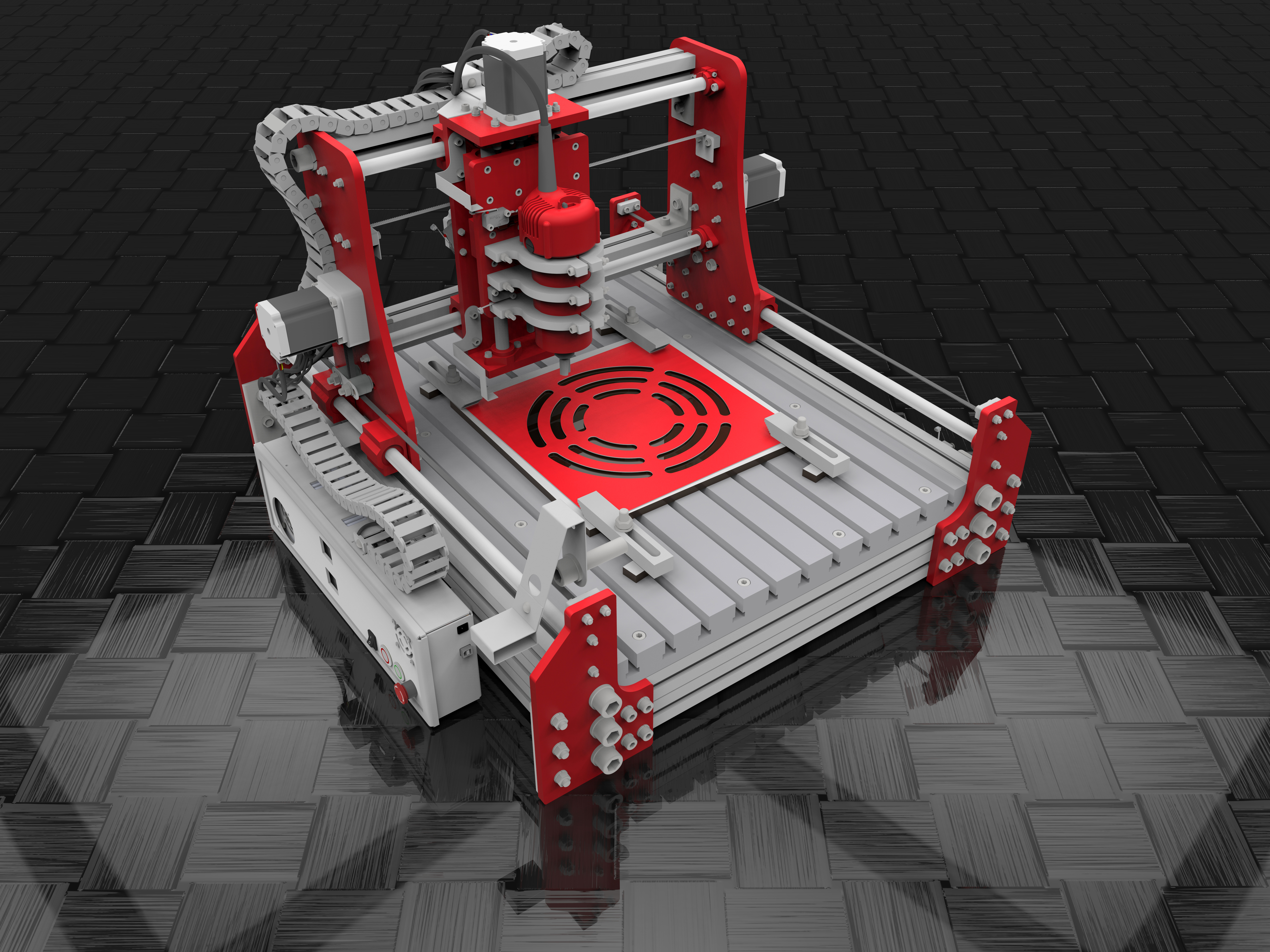
Tire, Body & Interior Parts Manufacturers
Manufacturers of automotive transmissions, driveshafts, axles, brakes and 4x4 transfer cases will also be affected by electrification. For now, the extent of the disruption that manufacturers of these products will experience is not known. Most current and near-term electric 4x4 designs use some type of gearing along with conventional final drives, so these manufacturers' changes may be more evolutionary rather than revolutionary. Companies who make tires, body parts and interior parts will be the least affected by electrification.
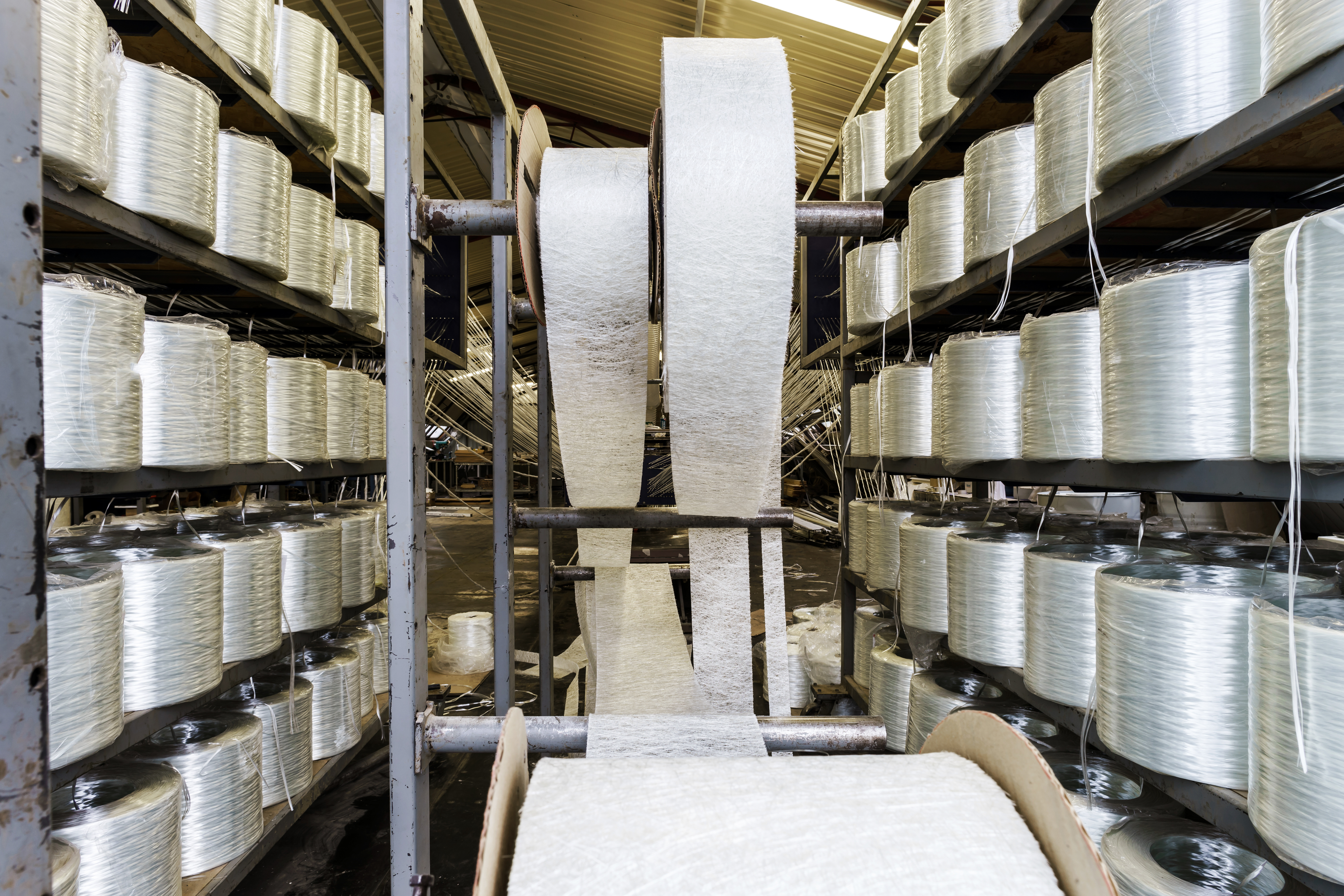
Conclusion
The bottom line is, widespread vehicle electrification will, sooner or later, shake up and shake out our current automotive manufacturing industry. Almost everything from the types and ratios of minerals/raw materials used in production to the people and machines used to produce parts and vehicles will change. Widespread vehicle electrification will result in job losses, company closures, losses of tax bases and challenges related to cost-effectively recycling composite materials. There will also be new opportunities, as BEVs will create some new manufacturing jobs, as well as some new businesses. The question is, will the latest jobs and enterprises be located in the United States or someplace overseas?
Latest News
2003-2012 Ram NV271D Transfer Case Fluid and Torque Specifications, plus Recommended Mainteinance Schedule
The New Venture NV271D Manual Shift Transfer Case was the base transfer case for 2003-2012 Dodge and...
New Exploded View for 2003-2012.5 Dodge Ram Manual Shift NV271D Transfer Cases!
New, Easy-to-Use, Interactive XV4033 Exploded View by Dan the Gear Man® for 2003-2012.5 Dodge...
New Tools, Parts, Exploded Views, CAD Drawings, and Videos added in January 2023
We have added a number of new tools, parts, Exploded Views, CAD drawings, and videos to our websi...
AWD vs Automatic 4x4 Transfer Cases
Theory of an Automatic 4x4 Transfer CaseMany 4x4 truck owners ask what the difference is in a vehicl...
Video Updates
I am excited to announce that we have a new format for our service videos. Thes...
Torque King 4x4 to be Featured on 'Viewpoint' with Dennis Quaid
Something exciting is in the works for Torque King 4x4. Read on to find out all the details!Small...

